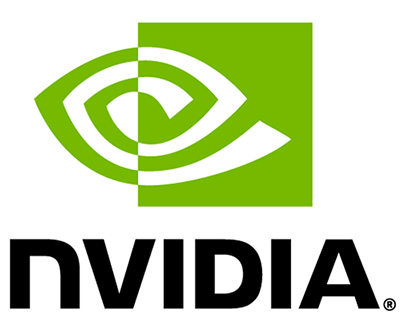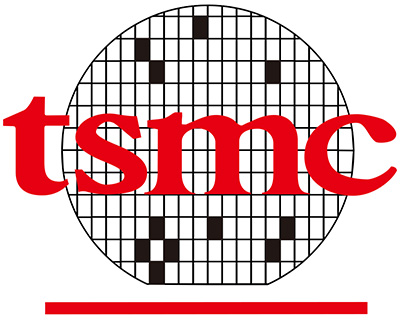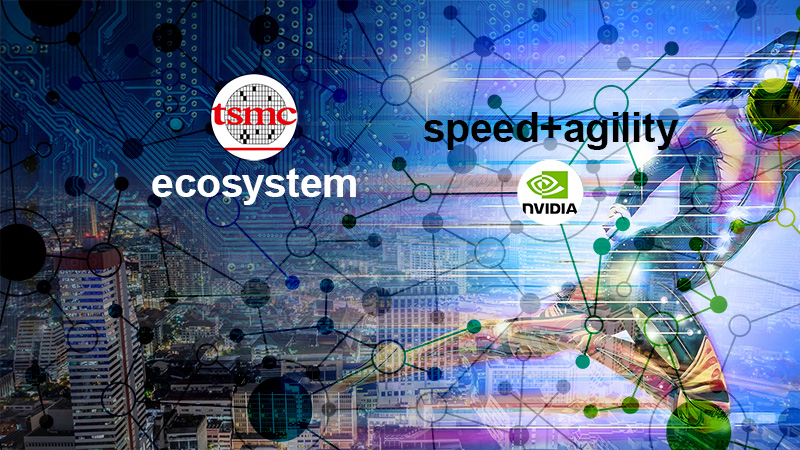Building a Unique Moat – Part 2: Not All Moats Are Created Equal
In my previous post, I introduced the concept of an economic moat, and I’ve outlined some common strategies that enduring companies leveraged to build their moat. Today, we will examine some highly specialized moats. Remember that having a moat is easy, the hard part is how to fortify it and make it strong, so it will truly be an effective moat. Otherwise, the moat doesn’t offer any real protection.
It is important to recognize that the common moats we outlined previously can only provide protection over some period, but with time, even the most promising venture can be dethroned without strong protection. Therefore, many successful enterprises often employ multiple moats (e.g. Google, Apple, etc.). This offers multiple lines of defense and makes the collective moat much harder to breach.
Some have even developed highly specialized and unique moats. Some of these moats are so unique that they have become a company’s differentiation, serving both the defensive and the offensive roles. And there are a couple of unique and powerful moat that deserves a closer look.
Agility Moat: Speed of Innovation
In light of the recent interest in AI, we will examine a company that calls itself the Engine of AI – Nvidia. Nvidia makes the high-end GPUs that are used to train large machine-learning models in AI systems, including the large language model (LLM) that powers ChatGPT. According to Forbes, it’s the 6th highest-value public company and has recently joined the exclusive trillion-dollar club. What is the moat that allows Nvidia to achieve such a strong valuation?
In the semiconductor industry, Moore’s Law states that chip speed will double approximately every 18 months. So no matter how groundbreaking a chip is upon launch, it is destined to fall behind within 2 years. In this industry, establishing a lasting moat is not easy. Accumulating a portfolio of patents (which Nvidia has done) does provide some self-defense, but history shows that determined competitors can often break through such IP moat. The true resilience lies in Nvidia’s ability to continuously outpace competitors by maintaining a constant sprint. This agility is a powerful moat! Because not many companies can keep up with an endless persistent sprint, especially when they grow big.
In the realm of semiconductors, research and development (R&D) prowess encompasses a comprehensive ecosystem of talent, supporting infrastructure, organizational structure, and a self-disruptive culture. Hence, exorbitant R&D costs are required to maintain a constant sprint to continuously outperform its own innovation. This burden is not easily borne by most. Considering that even the tech giants like Amazon, Google, and Microsoft, only allocate ~15% of their revenue to R&D, companies like Nvidia must allocate ~25+% of their revenue for continuous R&D. And they have demonstrated multiple instances of completely overhauling their previous technologies, sometimes as quickly as every six months.
Ecosystem Moat
This brings us to another interesting example, which also happens to be in the semiconductor industry – TSMC (Taiwan Semiconductor Manufacturing Company). It’s the defacto foundry for producing the most advanced chips (7nm and 5nm) with 90% global market share. It even makes the most crucial and differentiating chip sets for Nvidia’s GPUs and Apple’s iPhone. So what is the crucial economic moat that enabled TSMC’s global dominance?
TSMC has fortified its position in the semiconductor industry with a robust moat of IPs (patents, trade secrets, and proprietary processes) over its most advanced fabrication technology (with volume production of its 3nm process, and it’s already developing its 2nm nodes). Its massive production capacity at a global scale offers a cost advantage.
However, at the core of TSMC’s economic moat lies the protective power of its ecosystem, which is an equally intricate network of global collaborators. TSMC’s vast ecosystem goes far beyond its global supply chains and customers. This complex web of relationships includes universities for research and highly specialized talents, strategic partners and customers for co-innovation in everything from chip design to packaging, and an even bigger network of technology, equipment, and chemical suppliers. By fostering trusted relationships built on non-competition which encourages mutual growth within its ecosystem, TSMC creates a reinforcing positive network effect for everyone in it.
This formidable ecosystem is an integral part of TSMC’s most important moat. This “Silicon Shield” is so well-fortified that it has allowed the company to withstand competitions from China, even when the country has dedicated a substantial portion of its economic and human resources to directly challenge TSMC’s production capabilities. This global ecosystem has enabled TSMC to adapt to market dynamics, and continuously evolve its technological capabilities, all while nurturing a thriving environment that supports its sustained success.
Conclusion
The simple and fundamental truth is that not all moats are created equal. The traditional barriers to entry, such as brand recognition, network effects, and economies of scale, while effective in their own right, are still vulnerable to the relentless march of time and competition. So how do you build your unique line of defense?
We have seen exceptional examples of unique economic moats. Nvidia’s unwavering Agility Moat is a relentless sprint of innovation. This exemplifies the power of perpetual evolution in the ever-accelerating semiconductor landscape. Meanwhile, TSMC’s resilient Ecosystem Moat is a fortified web of trusted collaborative relationships. And it demonstrates the robustness of collective growth and shared strength.
When your defensive moat is unique enough, it becomes your best offensive weapon. As you can see, enduring success requires not only the recognition of common moats, but also the cultivation of extraordinary defenses that can weather the storms of change and stand the test of time.




